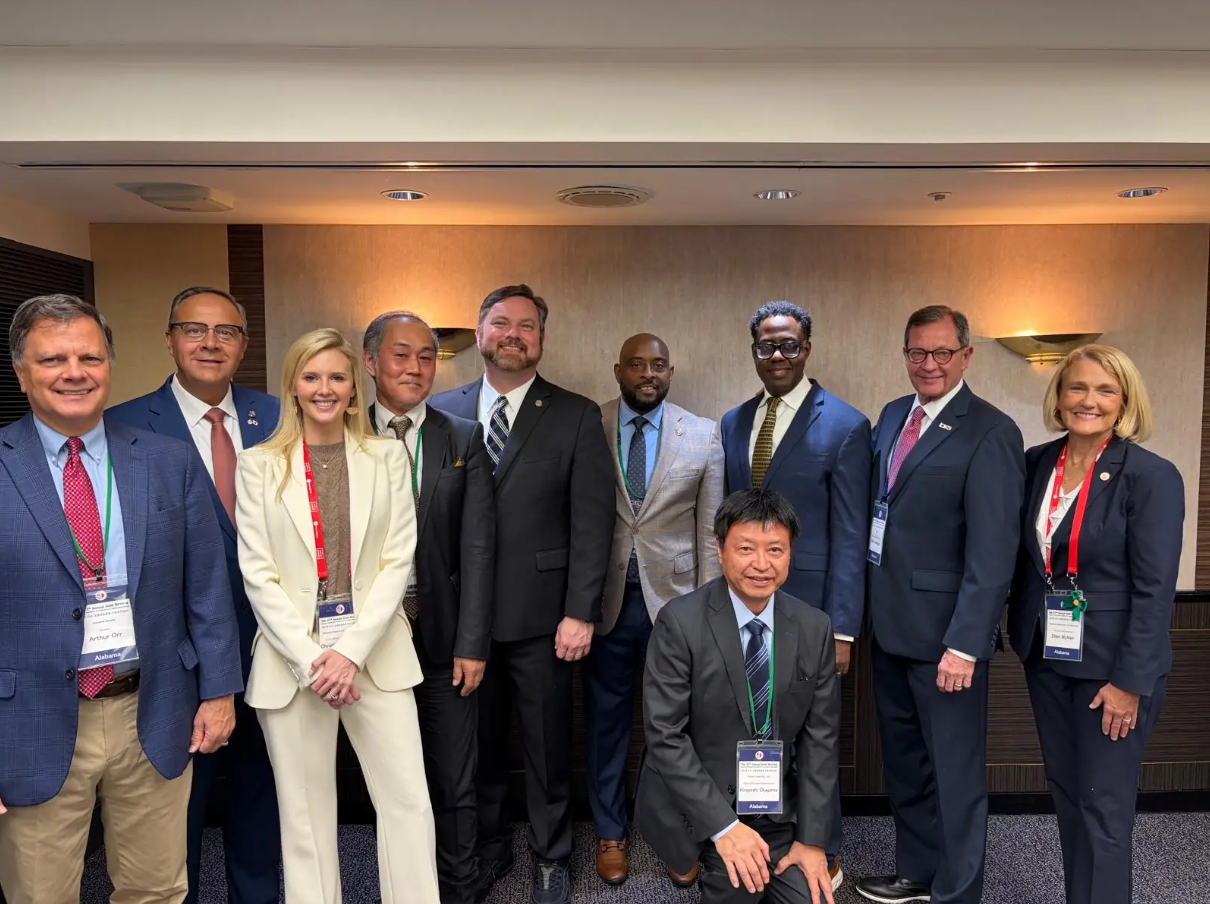Tractus Global
Dry Powder on Ice: Southeast Asian Private Equity Firms & Investors Adopt a Wait-and-See Approach

The Southeast Asian private equity (PE) market has witnessed significant growth in recent years. 2023 wrapped up with a total of 22 deals deploying US$3.9b, and, as of 2024, Southeast Asian PE firms are holding unprecedented levels of dry powder amounting to US$2.59 trillion in 20231 – the amount of uncommitted capital that PE firms/investors have available for deployment to add to their portfolios. The decline in deal volumes and values in Southeast Asia (39% and 24% respectively) indicates a challenging market environment and a willingness to look at other markets for investment opportunities. Global private equity deal value declined by 35.6% year-over-year, driven by a mismatch between buyer and seller expectations. As PE firms hold record levels of dry powder, they are seeking lower valuations while sellers maintain high expectations. Even though the region saw fewer large deals overall, significant transactions such as the US$17 billion acquisition of Mensheng Securities Co., Ltd. by Guolian Securities Co., Ltd. captured global attention. Notably, the financial sector led M&A activity in Q2 2024, with deals totalling US$25.9 billion, followed by industrial and material sectors at US$13.2 billion and US$7.1 billion, respectively. Outbound M&A deals, like Tokyo Gas’s acquisition of Texas-based Rockcliff Energy II at US$2.7B from private equity firm Quantum Energy Partners and Taiwan’s Bora Pharmaceuticals’ purchase of Upsher-Smith Laboratories, are also on the rise.
Given the high levels of dry powder currently held by SEA PE firms, combined with them considering more mature targets for their portfolios, there is an increased appetite to look at exits and undervalued assets in international markets, particularly the United States. The U.S. remains a global hub for innovation and technology, and Asian investors can benefit from investing in companies with cutting-edge products, expertise, and enter a new market or be close to existing North American customers. Major players like Central Group, CP Group, TCC Group, and PTT have already made significant acquisitions in the U.S., expanding their global footprint and diversifying their portfolios, according to a report from The Business Times. Key sectors attracting investment include energy, financial services, real estate, hospitality, and retail.

However, the current market conditions will bring forth challenges and opportunities for PE firms/investors to realize their desired returns in the U.S. The election’s impact on global economic trends, shifts in trade policies, interest rates, and geopolitical tensions will impact the attractiveness of the region for foreign investors.
This article presents Tractus’s opinion on a few externalities that will potentially drive or influence the sentiment and decision making of investors from APAC and their deals in the U.S. or vice-versa.
Election Years Results in Cautiousness
The U.S. election always has ripple effects around the globe, especially for Southeast Asia. Changes in U.S. trade policies or shifts in monetary policy, based on the election results, can directly impact how attractive the region is to foreign investors. Geopolitical tensions between the U.S. and major trade partners like China or potential repercussions from its trade deficit with Mexico only add to the uncertainty. With Trump’s victory last week, uncertainty about the outcome faded, as shown from the S&P500 which rallied 2.2% on Wednesday, suggesting growing investor confidence in the prospect of corporate growth, fuelled by anticipated tax cuts and a potential rise in inflation driven by tariffs.
A Weakened US Dollar
To make things slightly more attractive, the U.S. dollar has had a temporary weakening since the end of 2023. Despite a gradual lift, as of 14 September 14 2024, the ICE U.S. Dollar Index showed the dollar trading near its lowest point of the year, ahead of the Fed’s announcement for rate cuts. This shift gives APAC investors increased purchasing power. Companies from countries like Japan, China, Singapore, and South Korea, whose currencies have held steady or strengthened against the dollar, can now buy U.S. assets at a relative discount. Even if the intrinsic value of U.S. businesses hasn’t changed, foreign investors can pay less in their local currencies to acquire them.
The trend of a weakening U.S. dollar is likely to persist into 2025, largely driven by the Federal Reserve’s dovish monetary policy. Particularly in light of inflation concerns and global economic uncertainty, this has resulted in lower yields on U.S. assets. As a result, foreign investors may shy away from holding dollar-denominated assets, pushing the USD down further.
Favourable Interest Rates
The current low-interest rate environment in the U.S. presents a unique opportunity for foreign investors to finance acquisitions at a reduced cost of capital. This creates a favourable climate for companies to secure long-term, low-interest financing, making it more cost-effective to pursue mergers and acquisitions. This is particularly beneficial for firms looking to acquire U.S. companies as a way to grow their footprint in North America or acquire specific technological or operational capabilities, as they can optimize the capital structure of the deal to achieve the highest possible returns.
The Federal Reserve’s recent monetary policy decisions have further strengthened this trend. The 50 basis point rate cut in September 2024 during the Federal Open Market Committee (FOMC) meeting, along with the projected rate reductions for the following years by FOMC participants in the Summary of Economic Projections (SEP)2, indicates a continued accommodative stance.
The combination of attractive asset pricing due to a slightly weakened dollar, and the low interest rate environment in the U.S., creates a positive environment for deal-making. Companies that act now can secure valuable assets at a discount.
The Time for Action is Now
While Southeast Asian private equity firms and corporations sitting on cash reserves have traditionally adopted a cautious, “wait-and-see” approach, this strategy may no longer be as viable given the current market conditions and with the latest election results making things more certain. With unprecedented levels of dry powder on hand and the alignment of favourable factors discussed above, the market presents a golden opportunity for bold moves for both private equity firms and strategics.
Be sure to stay tuned for our next article in the series, “Thawing the Ice: Opportunistic Acquisitions Drive Dry Powder Deployment”, where we will dive deeper into how private equity firms and corporations are beginning to unlock their dry powder reserves and capitalize on opportunistic acquisitions in today’s evolving market.
Authored by
Written by Pei Wen, Consultant based in the Singapore office.
Latest Insights
India’s automotive sector is not just growing — it is being deliberately shaped by a series of government policies, demand-side shifts, ...
Tokyo, Japan — October 2025 – Tractus has been chosen to staff the Alabama Department of Commerce‘s new business development ...



